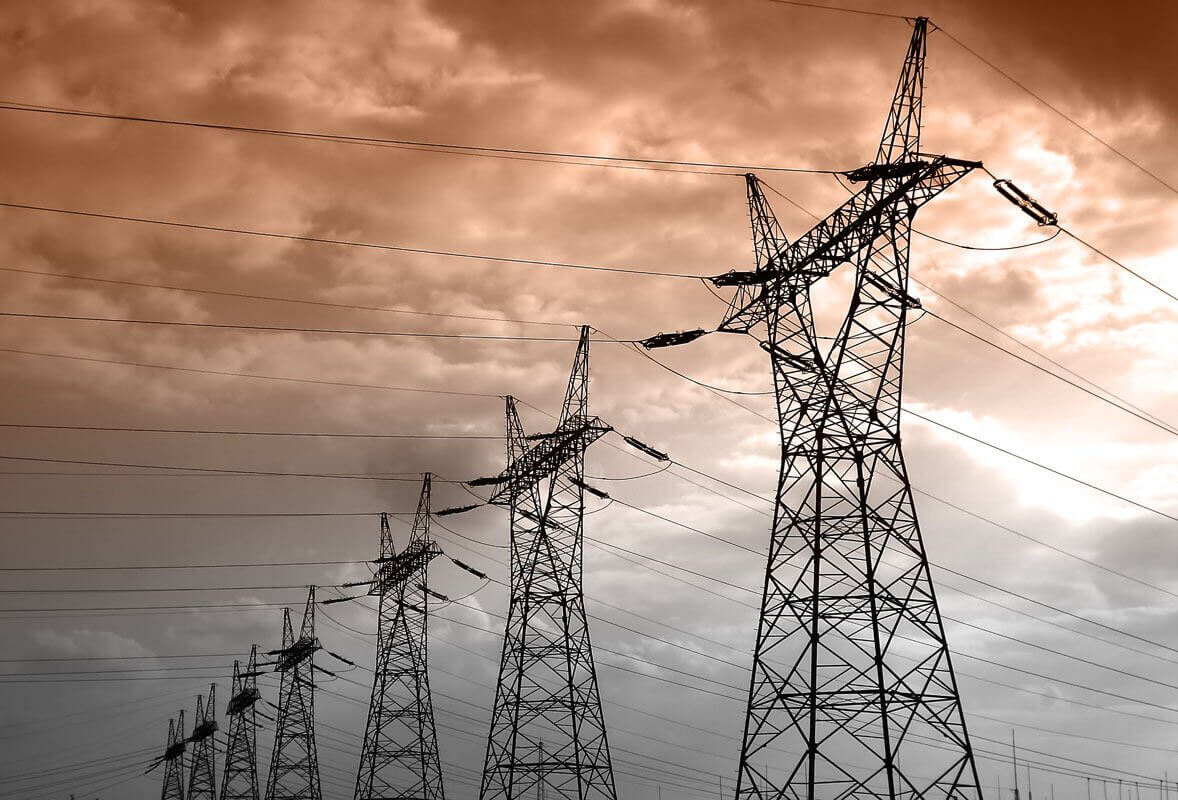

A study commissioned by the Authority for Electricity Regulation (AER) Oman has found that the majority of Oman’s large electricity consumers have cut their annual consumption in the wake of the introduction of subsidy-free Cost Reflective Tariffs (CRT).
First introduced on January 1, 2017, cost-reflective tariffs apply to large industrial, commercial and government customers of electricity whose annual consumption exceeds 150 megawatt-hours (MWh) per annum. These large customers, while representing a mere one per cent of total customer accounts in the Sultanate, devour around 37 per cent of total electricity supplied.
Unlike residential, agricultural and other small customers, who enjoy substantive government subsidy on their electricity consumption, large customers pay the actual economic cost of electricity generation and supply.
The objective behind the roll-out of CRT was to, among other things, encourage efficient use of electricity, thereby reducing the subsidy burden on the government while also contributing to savings in natural gas consumption – the main fuel source for power generation in the Sultanate.
Seeking to evaluate the effectiveness of the tariff scheme in changing the consumer behaviour of large customers, the regulator last year appointed London Economics, a UK-based business management consultant, to undertake a survey of consumers covered by the CRT scheme. A cross-section of 450 large customers comprising a mix of industrial, commercial and government accounts were covered in the survey.
The findings were striking: 65.7 per cent of all CRT customers had reduced their annual electricity consumption post the introduction of the new tariff scheme, thereby contributing to all of the scheme’s objectives, said the Authority in its latest 2019 Annual Report.
Furthermore, there were sizable reductions in the peak-to-off-peak ratio in all of the customer categories: industrial - 53.6 per cent, commercial - 46.1 per cent, and government - 42.2 per cent, “thus reducing the need for future investments in new generation and transmission capacity”, the regulator noted.
“The contribution of CRT customers to peak demand hours decreased from 22 per cent to 16 per cent (2017-2018) with industrial customers being the most responsive to this pricing signal,” the Authority further added.
Significantly, CRT also contributed to the goal of enhancing energy efficiency, according to the Authority. “In overall terms, industrial customers were more likely to respond to the CRT than commercial or government customers and, in some cases, customers reported that they were already planning to introduce efficiencies,” it added.
Oman Observer is now on the WhatsApp channel. Click here



